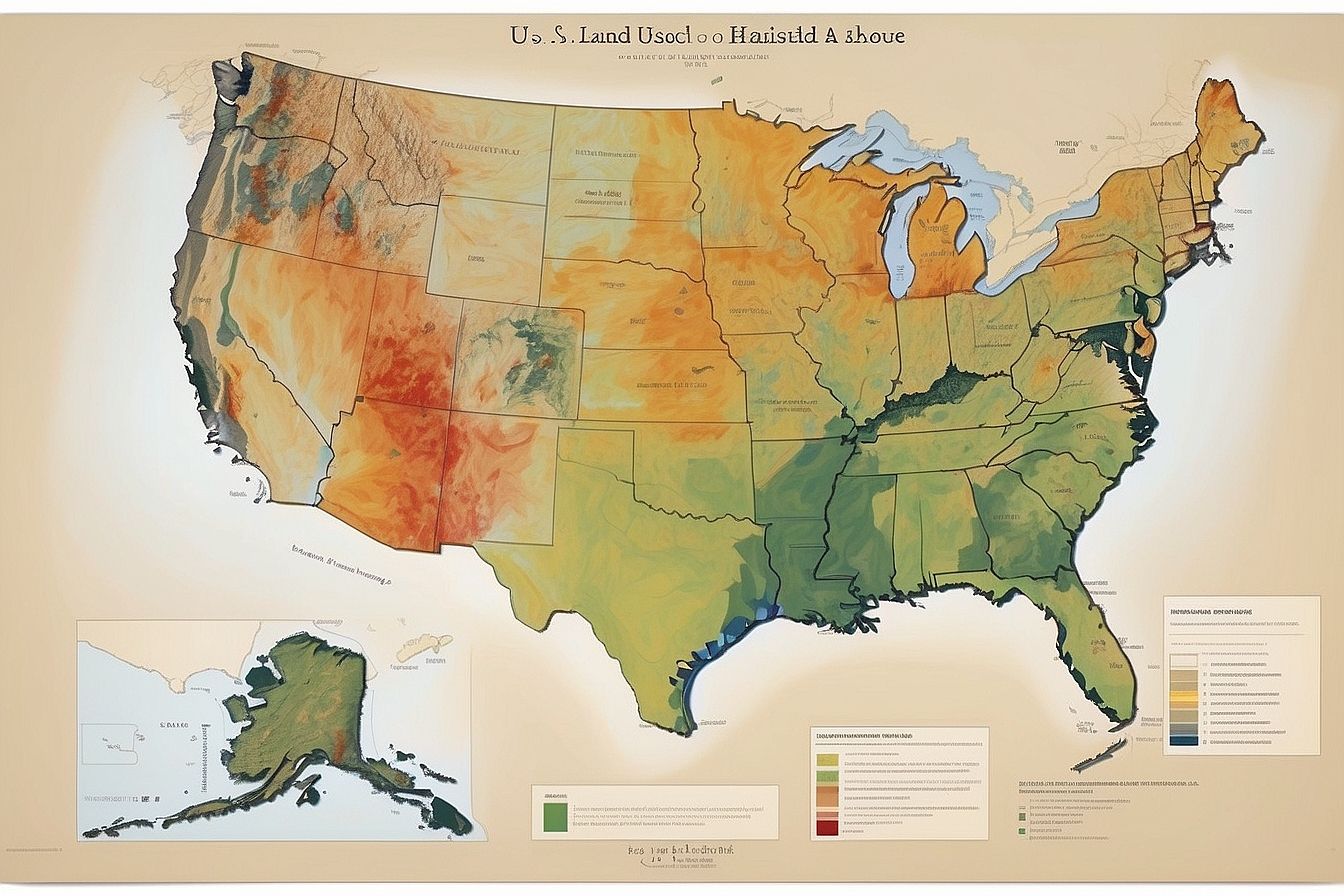The numerous environmental and health issues surrounding carbon dioxide saturation in the atmosphere. Given the scope of environmental damage associated with acid rain, it is crucial that systematic solutions are made to tackle the issue all the way to the source.
There are generally two approaches that are being used to tackle acid rain, and it is convenient to call them the legislative and scientific approach. It is virtually impossible to engineer solutions for the end user in which rain levels and deposition gases are controlled once they are in the atmosphere. Unless of course it is more convenient to walk around in gas masks, but since a unanimous consensus dictates otherwise nearly all available solutions occupy a particular niche in handling the issue from the source. In other words, it is much more practical to regulate harmful gas emissions and institute active surveillance on industries and human activity to prevent nitrous oxides (NOx), sulfur oxides (Sox), and carbon dioxide (CO2) from reaching the atmosphere in the first place.

Legislative Solutions to Address Acid Rain
Active regulation against acid rain from a legal perspective actually dates back to 1995 in the United States with the creation of the Acid Rain Program1 (ARP), which was an effort to meet a modification to the Clean Air Act that demanded the reduction of NOx and SOx emissions. The ARP not only places limits on the cap and trade 2 for SOx emissions in particular. In this system, the ARP determines the limit on emissions (the cap) and distributes allowances to utilities companies as a sort of currency. There is only a set amount of SOx that can be produced based on how much allowance you are given by the ARP. If a power plant uses up the credit allotted by the ARP, it can no longer legally produce power as the company would violate the emissions allowance by the ARP. The system not only maintains low emission levels, but actually promotes the curbing of emission levels since any saved credit can be sold to other power companies or saved by the company to increase allowances for the following year.
In contrast to SOx regulation, NOx emissions3 are controlled in a much more simplistic manner via the rate-based regulatory system. In this case, the ARP sets a limit on NOx emissions per million BTU’s (British thermal unit) for every boiler employed in the facility. So rather than a cap on the entire facility, there are actually caps on the boiler units used to generate power. A more recent piece of legislation passed in 2006 in California goes one step further and outlines a plan to reduce carbon dioxide is still a major culprit in acidifying rain in the atmosphere.

While pollution emission control in the United States has been crucial in maintaining national environmental health, the forefront of the acid rain issue is actually in newly industrializing and developing countries. Specifically in Asia, where high energy demands and high population densities have raised concerns over the health of individuals and global deposition of acidified particles. Unfortunately, there is no global regulatory agency that can impose emission caps on newly developing nations, especially given the different demographic and infrastructural pressures that are faced by these countries. As early as 1990, sulfur dioxide emissions in this region of the world were 40% greater than U.S. emission levels.6 Coal remains the fuel of choice for most power plants, and China’s naturally occurring high sulfur coal7 makes it especially difficult to maintain suggested caps by international monitoring organizations. The United Nations Development Program in partnership with United Nations Department of Economic and Social Affairs, however, are undertaking a legislative and regulatory approach through regional surveillance programs that promotes the deployment of clean coal technologies as well as the education of service personnel involved in this industry.8 While this program is specifically directed towards China, there needs to be a much more coordinated international effort in monitoring and regulating noxious gases emitted from all nations that might contribute to acid rain globally.
Above all else, however, is the need for consumer responsibility, awareness and activism in the usage of environmental education is available to youth from diverse backgrounds across all socio-economic barriers.
Scientific Solutions to Address Acid Rain
The need for legislative change is crucial to avoid the deleterious effects of acid rain, but what about the scientific aspect behind this solution? Of course, zero or very low emission alternative and renewable energies are the best way to fix the issue of acid rain in the long term, but unfortunately a short term solution must be found when dealing with the majority of power stations that burn coal. To start from the very basics, it is always a good idea to use a fuel source that is low in the undesirable substance in the first place. Several states such as Wyoming11 have coal that is naturally low in sulfur, such that SOx will not form during combustion in power plants. Coal can even be “washed”12 using an intricate process of pulverization and density-based separation to remove 25% of sulfur from coal. Perhaps the best system against undesirable emissions comes in the form of scrubber systems13 that are capable of removing 80-95% of sulfur oxides from emission vents in power plants. Acting like liquid filters, the gases are exposed to a spray of calcium hydroxide in the apparatus. Sulfur dioxide in exhaust gas reacts with sulfur dioxide to produce a solid and harmless calcium sulfate.
https://web.archive.org/web/20160404072523if_/http://www.youtube.com/embed/2I9KrcLNEvQUnfortunately, it is generally much more difficult to control NOx emissions, which form at high temperatures in power plant boiler units. Luckily, a new method of combustion can actually reduce these NOx emissions along with SOx emissions. Fluidized bed combustion14 involves the turbulent mixing of coal and air by suspending coal particles and limestone on a type of pneumatic mattress. The turbulent mixing allows for combustion to occur at much lower temperatures, and as a result, NOx emissions are greatly reduced along with SOx emissions due to the lime stone suspension. Even more recent is the development of multi-stage burners15 that systematically inject limestone into the power plant boiler at lower temperatures throughout the combustion process, which is theorized to greatly reduce SOx and NOx emissions.
While a great deal of this discussion has been centered on smart grid ! The complete arsenal of consumer green technologies creates a large macroscopic effect on the reduction of acid rain causing contaminants in the atmosphere.
From our discussion it is apparent that the solutions to acid rain may not be straightforward, and tackling this challenge will require multifaceted approaches that eventually curb harmful gas emissions across the board. Given the possible deleterious effects of acid rain and the progression of global warming through the decades, the stakes could not be higher for governments, businesses, and citizens to collaborate on a more global effort in neutralizing acid rain.





